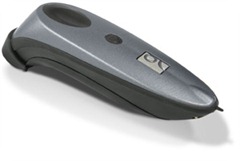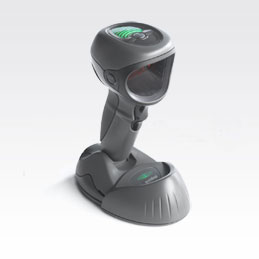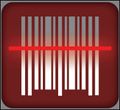 mobihealthnews: “Socket Mobile announced this week the availability of its latest Socket Bluetooth Cordless Hand Scanner (CHS) Series 7, a barcode scanner with medical applications which has been Apple-certified as a “Made for iPad, iPhone, iPod†accessory.
mobihealthnews: “Socket Mobile announced this week the availability of its latest Socket Bluetooth Cordless Hand Scanner (CHS) Series 7, a barcode scanner with medical applications which has been Apple-certified as a “Made for iPad, iPhone, iPod†accessory.
“This is the best performing barcode scanner for developers who are creating applications incorporating barcode scanning for the Apple iOS,†stated Samantha Chu, data collection product manager at Socket Mobile, in a press release. “There are numerous applications that stand to benefit from barcode scanning in a range of vertical markets, and we believe the CHS 7Xi provides the Apple developer community with a level of control and data integrity that didn’t exist previously.â€
I’ve mentioned the CHS Series 7 scanners before. They really are neat little devices; small, quick and accurate.
Another scanner worth mentioning in this category is the Koamtac KDC200. I’ve used the KDC200 and it’s a pretty slick scanner as well.





